Year Round Tomato Growing might seem like a gardener’s pipe dream, especially if you live in a region with harsh winters. But guess what? It’s absolutely achievable, and I’m here to show you how! For centuries, cultivating tomatoes has been a cherished tradition, evolving from their origins in South America to becoming a staple in gardens worldwide. Think about those vibrant Italian sauces, the fresh salsa on a summer evening – tomatoes are at the heart of so many culinary delights.
But let’s face it, waiting for that short summer window to harvest your own juicy tomatoes can be frustrating. That’s where these DIY tricks and hacks come in. Imagine plucking ripe, sun-kissed tomatoes from your own plants even in the dead of winter! This article is packed with practical, easy-to-follow advice that will empower you to extend your tomato season and enjoy fresh, homegrown goodness all year long. We’ll explore everything from selecting the right varieties to creating the perfect indoor environment, ensuring your success in year round tomato growing. So, ditch the bland, store-bought tomatoes and get ready to embark on a flavorful journey!
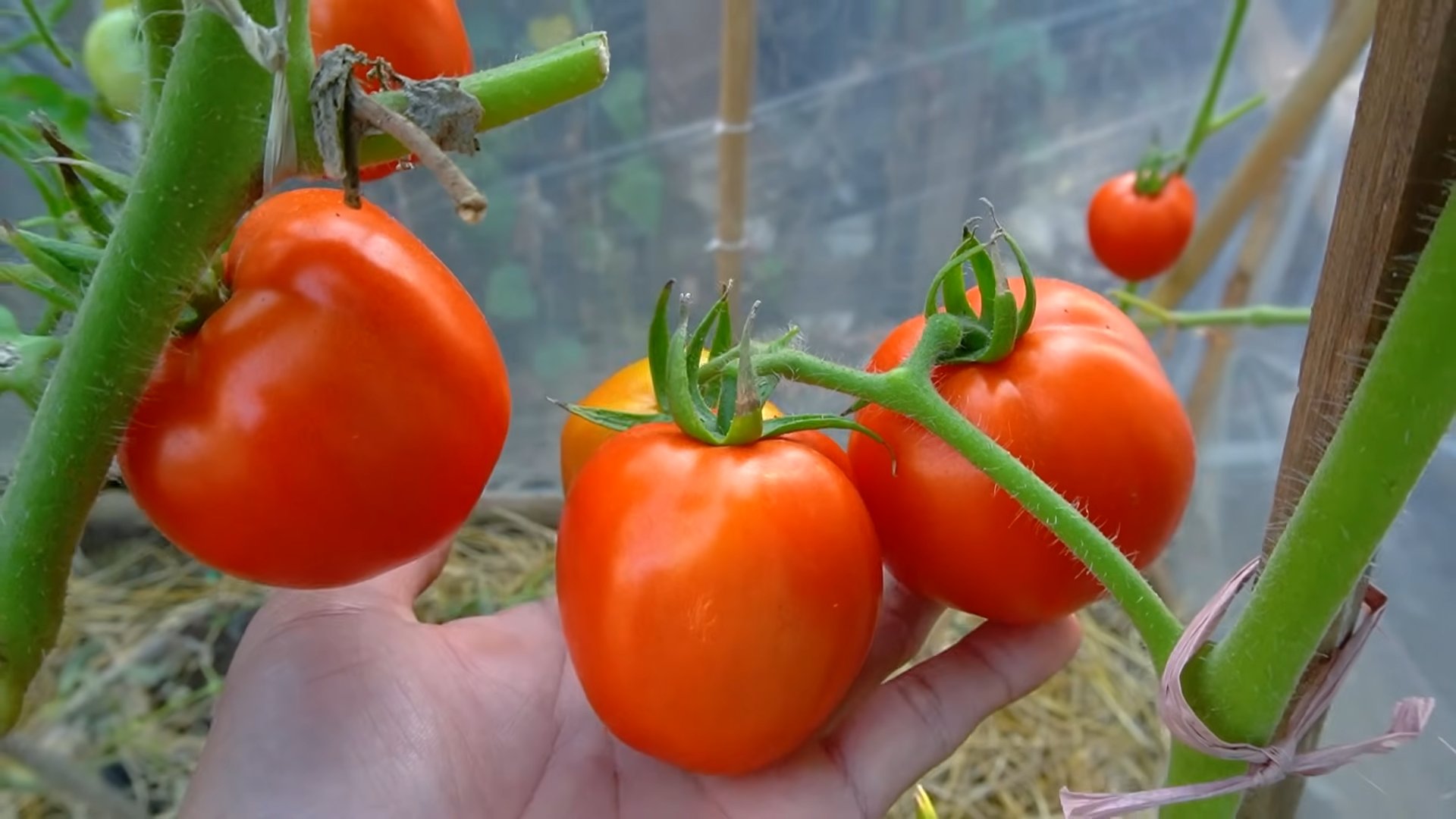
Growing Tomatoes Indoors: A Year-Round Harvest!
Hey there, fellow gardening enthusiasts! Ever dreamt of biting into a juicy, sun-ripened tomato in the dead of winter? Well, dream no more! I’m going to walk you through how to grow tomatoes indoors, so you can enjoy fresh, homegrown goodness all year round. It might seem daunting, but trust me, with a little know-how and some dedication, you’ll be harvesting delicious tomatoes even when the snow is falling outside.
Choosing the Right Tomato Variety
First things first, not all tomato varieties are created equal when it comes to indoor growing. You’ll want to choose determinate or dwarf varieties. These types stay relatively compact, making them perfect for containers and indoor spaces. Indeterminate varieties, on the other hand, can grow incredibly tall and require extensive staking, which isn’t ideal for indoor setups.
Here are a few of my favorite determinate and dwarf tomato varieties for indoor growing:
* Roma: A classic, reliable variety perfect for sauces and canning.
* Patio: As the name suggests, this variety is specifically bred for containers and small spaces.
* Tiny Tim: A super-dwarf variety that produces small, cherry-sized tomatoes.
* Bush Early Girl: A compact version of the popular Early Girl, known for its early and abundant yields.
* Micro Tom: The smallest tomato variety, ideal for very small spaces.
Setting Up Your Indoor Tomato Garden
Now that you’ve chosen your tomato variety, let’s get your indoor garden set up. This is where the magic happens!
* Lighting: This is arguably the most crucial aspect of indoor tomato growing. Tomatoes need at least 6-8 hours of direct sunlight per day, which can be difficult to achieve indoors, especially during the winter months. Therefore, you’ll almost certainly need to supplement with grow lights.
* Types of Grow Lights: LED grow lights are the most energy-efficient and long-lasting option. Fluorescent grow lights are a more affordable alternative, but they don’t produce as much light and need to be replaced more frequently. High-pressure sodium (HPS) lights are very powerful, but they also generate a lot of heat, which can be problematic in small spaces. I personally prefer LED grow lights for their efficiency and minimal heat output.
* Light Placement: Position your grow lights about 6-12 inches above your tomato plants. You may need to adjust the height as your plants grow.
* Containers: Choose containers that are at least 5 gallons in size for determinate varieties and even larger (10 gallons or more) for larger determinate types. Make sure your containers have drainage holes to prevent waterlogging.
* Soil: Use a high-quality potting mix that is well-draining and rich in nutrients. Avoid using garden soil, as it can become compacted and doesn’t drain well in containers. I like to use a mix of peat moss, perlite, and vermiculite.
* Temperature: Tomatoes thrive in temperatures between 65-85°F (18-29°C). Avoid placing your plants near drafts or cold windows.
* Air Circulation: Good air circulation is essential for preventing fungal diseases. You can use a small fan to circulate the air around your plants.
Step-by-Step Planting and Growing Guide
Alright, let’s get our hands dirty! Here’s a step-by-step guide to planting and growing your indoor tomatoes:
1. Starting Seeds (Optional): You can either start your tomato plants from seeds or purchase seedlings from a nursery. If you’re starting from seeds, sow them in seed-starting trays or small pots about 6-8 weeks before you want to transplant them into their final containers. Keep the soil moist and warm (around 70-75°F or 21-24°C) until the seeds germinate. Once the seedlings have a few sets of true leaves, you can transplant them into larger pots.
2. Transplanting Seedlings: Fill your chosen container with potting mix, leaving a few inches of space at the top. Gently remove the seedling from its pot and loosen the roots slightly. Dig a hole in the potting mix and place the seedling in the hole, burying the stem up to the first set of leaves. This will encourage the plant to develop more roots. Fill the hole with potting mix and gently pat it down.
3. Watering: Water your tomato plants regularly, keeping the soil consistently moist but not waterlogged. Water deeply, allowing the water to drain out of the drainage holes. Avoid watering the leaves, as this can promote fungal diseases. I usually water every 2-3 days, but this will depend on the temperature and humidity in your home.
4. Fertilizing: Tomatoes are heavy feeders, so you’ll need to fertilize them regularly. Use a balanced fertilizer (e.g., 10-10-10) every 2-3 weeks. You can also use a liquid fertilizer diluted to half strength every week. Once your plants start to flower, switch to a fertilizer that is higher in phosphorus (the middle number) to promote fruit production.
5. Pollination: Indoor tomatoes often need help with pollination, as there are no bees or other insects to do the job. You can hand-pollinate your plants by gently shaking the flowers or using a small paintbrush to transfer pollen from one flower to another. I find that gently tapping the stem of the plant a few times a day also helps to release pollen.
6. Pruning: Pruning is important for determinate tomato varieties to maintain their shape and encourage fruit production. Remove any suckers (the small shoots that grow between the main stem and the branches) that appear below the first flower cluster. This will help the plant focus its energy on producing fruit.
7. Supporting the Plants: Even determinate varieties can benefit from some support, especially when they are laden with fruit. You can use stakes, cages, or trellises to support your plants.
8. Pest and Disease Control: Keep an eye out for pests and diseases. Common pests include aphids, whiteflies, and spider mites. You can control these pests with insecticidal soap or neem oil. Common diseases include powdery mildew and blossom end rot. Powdery mildew can be treated with a fungicide, and blossom end rot is caused by a calcium deficiency, which can be corrected by adding calcium to the soil.
9. Harvesting: Your tomatoes will be ready to harvest when they are fully colored and slightly soft to the touch. Gently twist the tomato off the vine. Enjoy your homegrown tomatoes!
Troubleshooting Common Problems
Even with the best care, you might encounter some problems along the way. Here are a few common issues and how to address them:
* Yellowing Leaves: This can be caused by a variety of factors, including overwatering, underwatering, nutrient deficiencies, or pests. Check the soil moisture and adjust your watering accordingly. Fertilize your plants regularly and inspect them for pests.
* Blossom Drop: This is when the flowers fall off the plant without producing fruit. It can be caused by temperature extremes, poor pollination, or nutrient deficiencies. Make sure your plants are in a temperature-controlled environment and hand-pollinate them if necessary. Fertilize your plants with a fertilizer that is high in phosphorus.
* Blossom End Rot: This is when the bottom of the tomato turns black and leathery. It is caused by a calcium deficiency. Add calcium to the soil by using a calcium-rich fertilizer or adding crushed eggshells to the soil.
* Leggy Growth: This is when the plant grows tall and spindly with few leaves. It is usually caused by insufficient light. Move your plants to a brighter location or supplement with grow lights.
Tips for Maximizing Your Harvest
Want to get the most out of your indoor tomato garden? Here are a few extra tips:
* Rotate Your Crops: If you’re growing tomatoes in the same containers year after year, it’s a good idea to rotate your crops. This will help to prevent soilborne diseases and nutrient depletion.
* Use Companion Planting: Companion planting is the practice of planting different plants together that benefit each other. Some good companion plants for tomatoes include basil, marigolds, and onions.
* Keep a Journal: Keep a journal of your tomato growing activities, including when you planted your seeds, when you transplanted your seedlings, when you fertilized your plants, and when you harvested your tomatoes. This will help you to learn from your mistakes and improve your results in the future.
* Don’t Give Up! Indoor tomato growing can be challenging, but it’s also incredibly rewarding. Don’t be discouraged if you don’t get it right the first time. Keep experimenting and learning, and you’ll eventually be harvesting delicious tomatoes all year round.
Growing tomatoes indoors is a fantastic way to enjoy fresh produce regardless of the season. With the right setup, care, and a little patience, you’ll be enjoying homegrown tomatoes even in the depths of winter. Happy gardening!
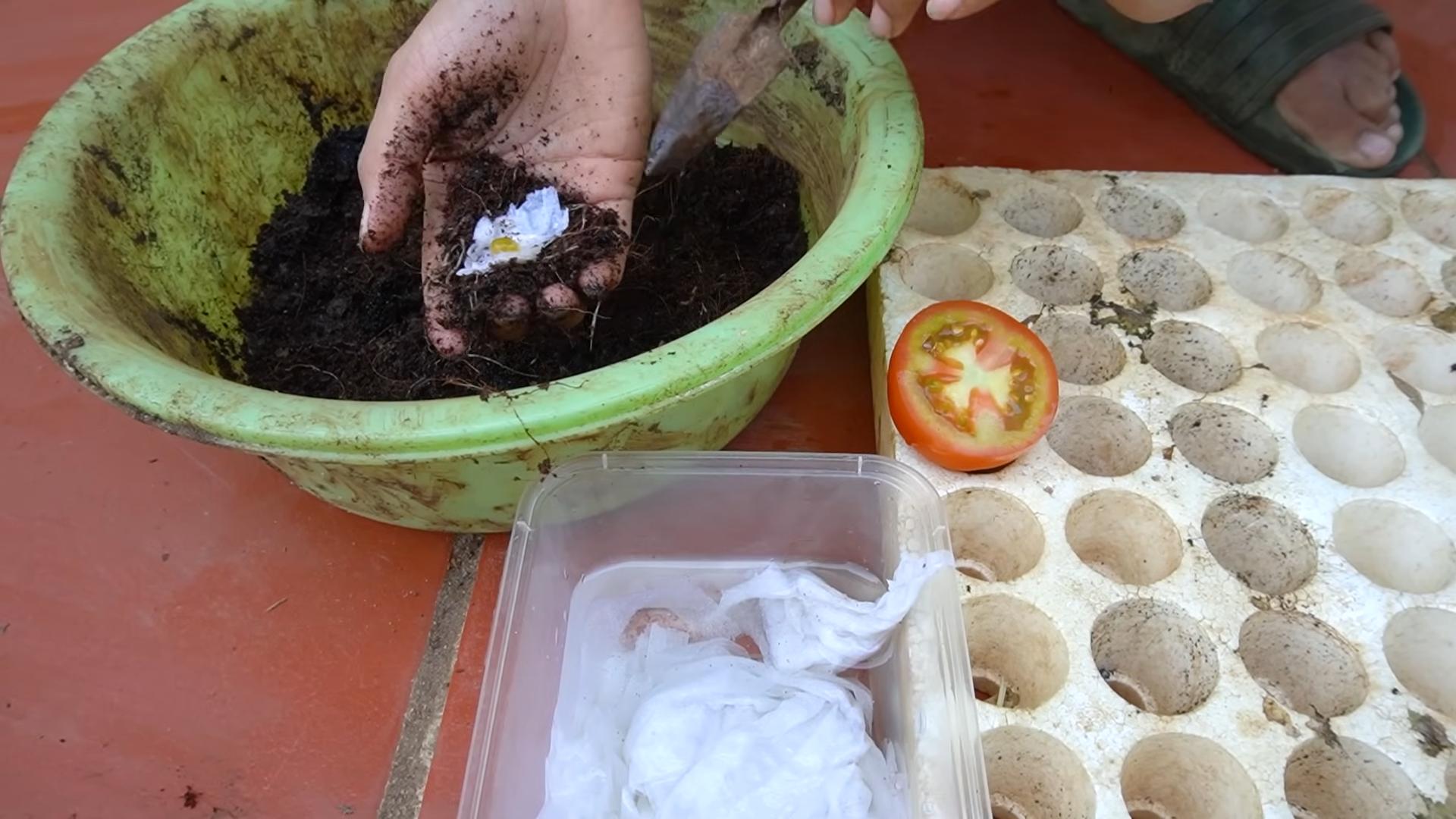
Conclusion
So, there you have it! Mastering the art of year-round tomato growing isn’t just a gardener’s dream; it’s an achievable reality with a little ingenuity and the right approach. We’ve explored how to circumvent the limitations of seasonal weather, bringing the vibrant taste of homegrown tomatoes to your table no matter the time of year. This isn’t just about having fresh tomatoes; it’s about reclaiming control over your food source, reducing your carbon footprint, and experiencing the unparalleled satisfaction of nurturing life from seed to fruit, even when the world outside is blanketed in snow.
Think about the possibilities! Imagine adding sun-ripened flavor to your winter salads, crafting homemade sauces bursting with freshness in the dead of January, or simply enjoying the vibrant color and aroma of a thriving tomato plant amidst the grayness of the off-season. This DIY approach empowers you to extend the harvest and enjoy the fruits (or rather, vegetables!) of your labor throughout the entire year.
But don’t stop there! Experiment with different tomato varieties known for their adaptability and disease resistance. Cherry tomatoes, for instance, often thrive exceptionally well indoors. Consider incorporating companion planting techniques within your indoor setup. Basil, for example, not only enhances the flavor of tomatoes but also helps to deter pests. You can also explore different hydroponic systems or soil mixes to find what works best for your specific environment and growing style.
Furthermore, don’t be afraid to adjust the lighting and temperature based on your specific tomato variety’s needs. Some varieties may require more intense light than others, while others may prefer slightly cooler temperatures. Monitoring your plants closely and making adjustments as needed is key to success.
The beauty of this DIY project lies in its adaptability. You can tailor it to fit your space, budget, and level of gardening experience. Whether you’re a seasoned gardener or a complete novice, this guide provides the foundation you need to embark on your year-round tomato growing adventure.
We wholeheartedly encourage you to give this a try. Start small, learn as you go, and don’t be discouraged by initial setbacks. Gardening is a journey of continuous learning and experimentation. The rewards, however, are well worth the effort.
And most importantly, we want to hear about your experiences! Share your successes, your challenges, and your tips with us and the wider gardening community. Let’s learn from each other and collectively unlock the secrets to year-round tomato growing. Post pictures of your thriving indoor tomato gardens, share your favorite tomato recipes, and let us know what varieties you’ve had the most success with. Together, we can cultivate a community of passionate gardeners who are dedicated to bringing the taste of summer to their tables all year long. So go ahead, get your hands dirty, and experience the joy of year-round tomato growing!
Frequently Asked Questions (FAQ)
What are the best tomato varieties for year-round indoor growing?
Choosing the right tomato variety is crucial for success when growing tomatoes indoors year-round. Determinate varieties, which are bush-type tomatoes that grow to a certain size and then stop, are often a good choice because they tend to be more compact and manageable in smaller spaces. Indeterminate varieties, which continue to grow and produce fruit throughout the season, can also be grown indoors, but they will require more pruning and support.
Some popular tomato varieties for indoor growing include:
* **Cherry Tomatoes:** These are generally easy to grow and produce abundant fruit. ‘Tiny Tim’ and ‘Sweet Million’ are excellent choices.
* **Dwarf Tomatoes:** These are specifically bred for small spaces and containers. ‘Patio’ and ‘Roma’ are good options.
* **Early-Maturing Varieties:** These varieties ripen quickly, which is beneficial when growing indoors where environmental conditions may not be ideal. ‘Early Girl’ is a classic choice.
* **Heirloom Varieties:** While some heirlooms can be challenging, certain varieties like ‘Black Krim’ or ‘Brandywine’ can be successfully grown indoors with proper care.
Ultimately, the best variety for you will depend on your personal preferences and growing conditions. Experiment with different varieties to see what works best in your indoor garden.
How much light do indoor tomato plants need?
Light is arguably the most critical factor for successful indoor tomato growing. Tomatoes require a significant amount of light to thrive and produce fruit. Ideally, they need at least 6-8 hours of direct sunlight per day. However, during the winter months or in locations with limited sunlight, supplemental lighting is essential.
Here are some lighting options for indoor tomato plants:
* **LED Grow Lights:** These are energy-efficient and provide the full spectrum of light that plants need for photosynthesis.
* **Fluorescent Grow Lights:** These are a more affordable option, but they may not be as efficient as LED lights.
* **High-Pressure Sodium (HPS) Lights:** These are very powerful and can provide a lot of light, but they also generate a lot of heat.
When choosing grow lights, consider the wattage and light spectrum. Full-spectrum lights are ideal, as they provide the range of colors that plants need for optimal growth. The distance between the lights and the plants is also important. Generally, the lights should be positioned close enough to provide adequate light but not so close that they burn the plants.
What is the ideal temperature for growing tomatoes indoors?
Tomatoes thrive in warm temperatures. The ideal temperature range for growing tomatoes indoors is between 70-80°F (21-27°C) during the day and 60-70°F (15-21°C) at night. Consistent temperatures are important for optimal growth and fruit production.
Avoid exposing your tomato plants to extreme temperature fluctuations. Keep them away from drafts and cold windows, especially during the winter months. If your home is too cold, you may need to use a space heater to warm the growing area.
How often should I water my indoor tomato plants?
Watering is another crucial aspect of indoor tomato growing. The frequency of watering will depend on several factors, including the size of the pot, the type of soil, and the temperature and humidity of your home.
Generally, you should water your tomato plants when the top inch of soil feels dry to the touch. Water deeply, until the water drains out of the bottom of the pot. Avoid overwatering, as this can lead to root rot.
During the flowering and fruiting stages, tomato plants require more water. Monitor your plants closely and adjust your watering schedule as needed.
Do I need to fertilize my indoor tomato plants?
Yes, fertilizing is essential for providing your tomato plants with the nutrients they need to grow and produce fruit. Use a balanced fertilizer that is specifically formulated for tomatoes. Look for a fertilizer with an NPK ratio (nitrogen, phosphorus, potassium) of around 5-10-5 or 10-10-10.
Fertilize your tomato plants every 2-3 weeks, following the instructions on the fertilizer package. Avoid over-fertilizing, as this can damage the plants.
How do I pollinate my indoor tomato plants?
Tomatoes are self-pollinating, but they may need some assistance when grown indoors, where there are no bees or other pollinators. You can hand-pollinate your tomato plants by gently shaking the flowers or using a small brush to transfer pollen from one flower to another.
Another option is to use a small fan to circulate air around the plants, which can help to distribute pollen.
How do I deal with pests and diseases on my indoor tomato plants?
Pests and diseases can be a problem for indoor tomato plants, but there are several things you can do to prevent and control them.
* **Inspect your plants regularly** for signs of pests or diseases.
* **Use organic pest control methods**, such as insecticidal soap or neem oil.
* **Provide good air circulation** to prevent fungal diseases.
* **Remove any infected leaves or plants** immediately.
* **Use sterile potting mix** to prevent soilborne diseases.
By taking these precautions, you can help to keep your indoor tomato plants healthy and productive.
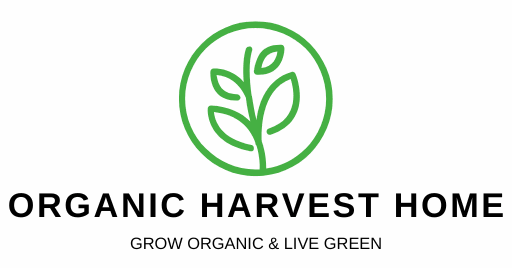

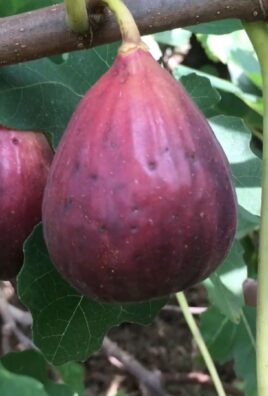
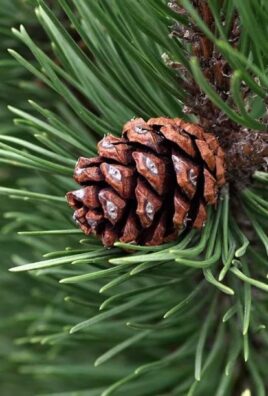
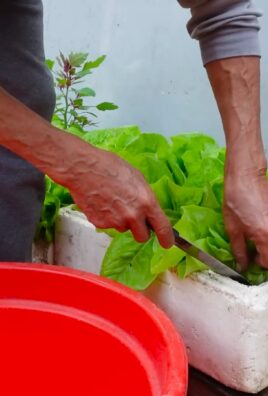
Leave a Comment